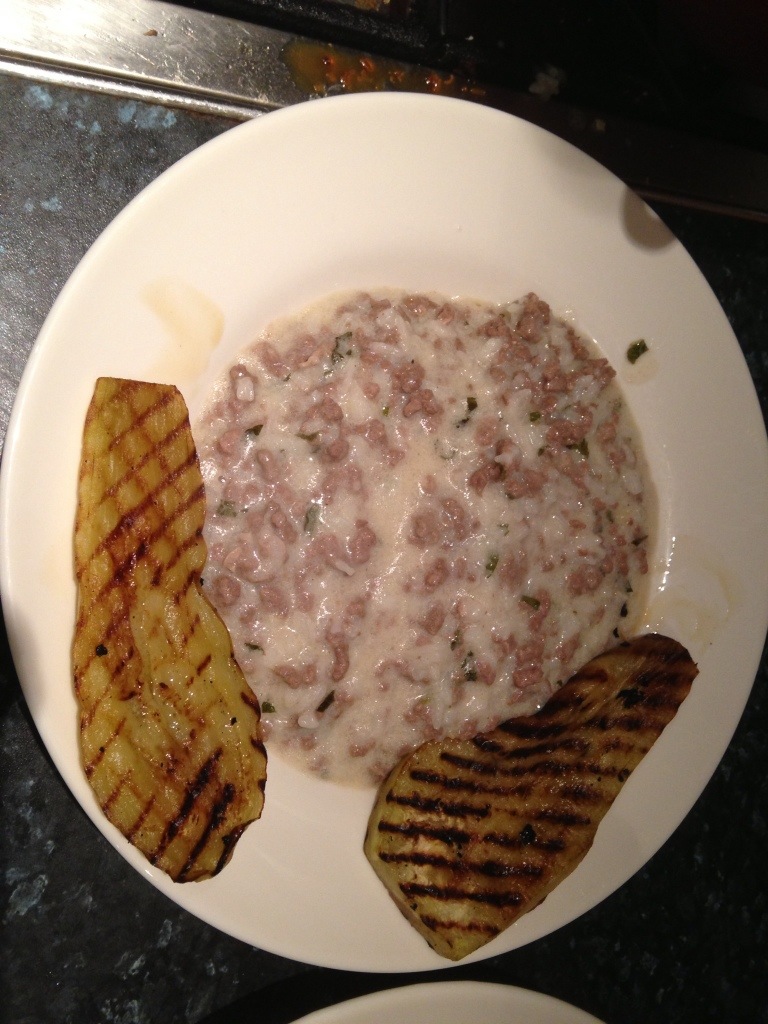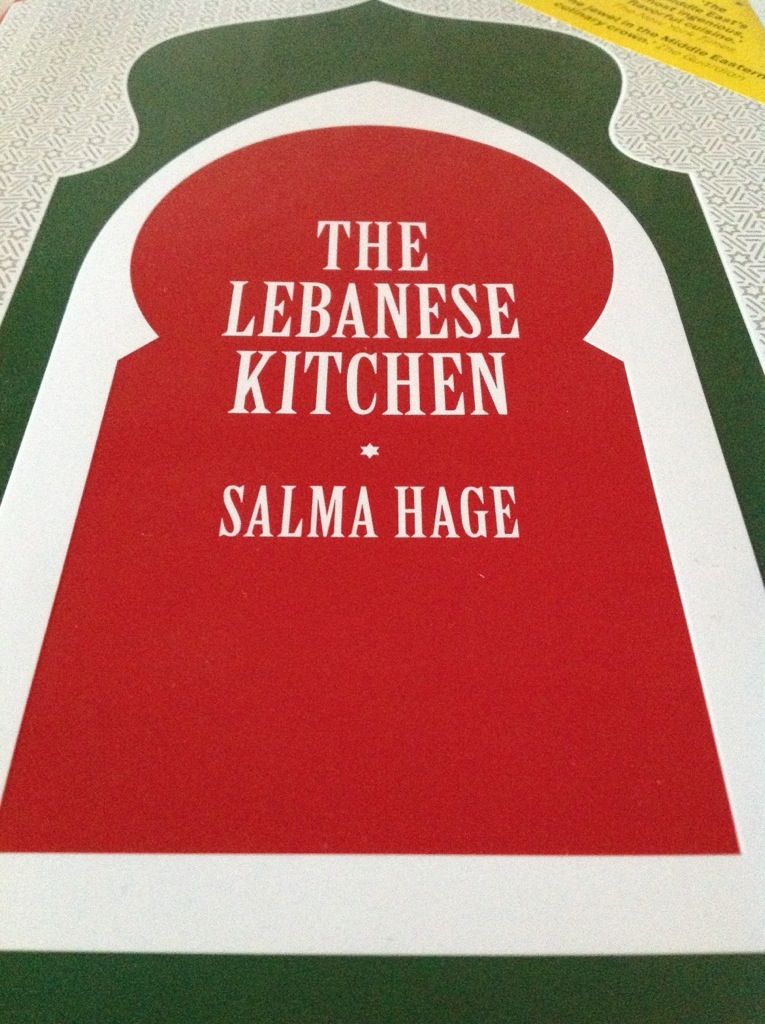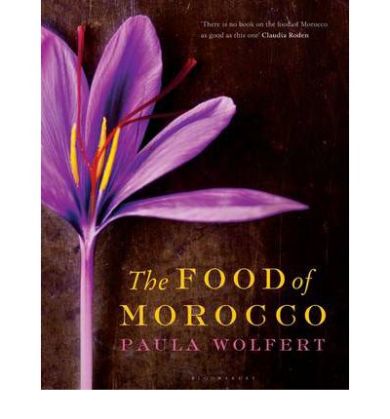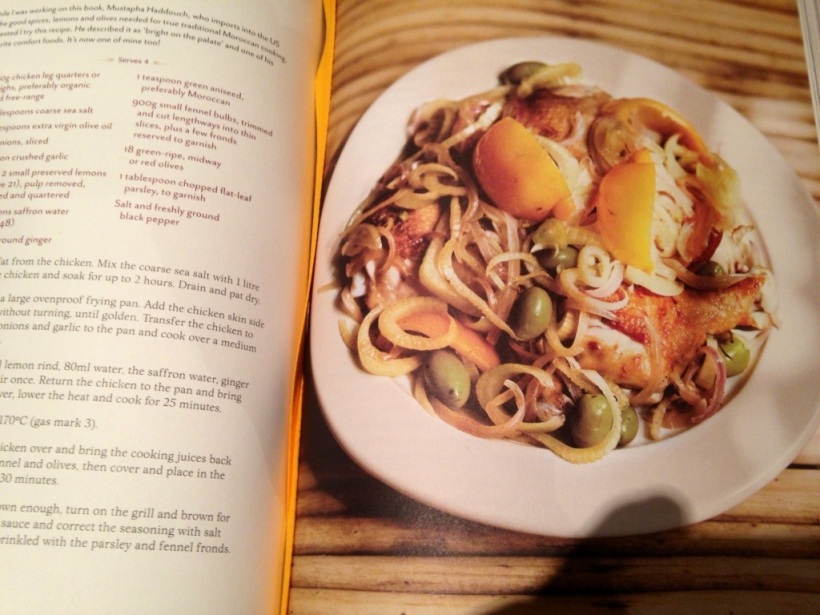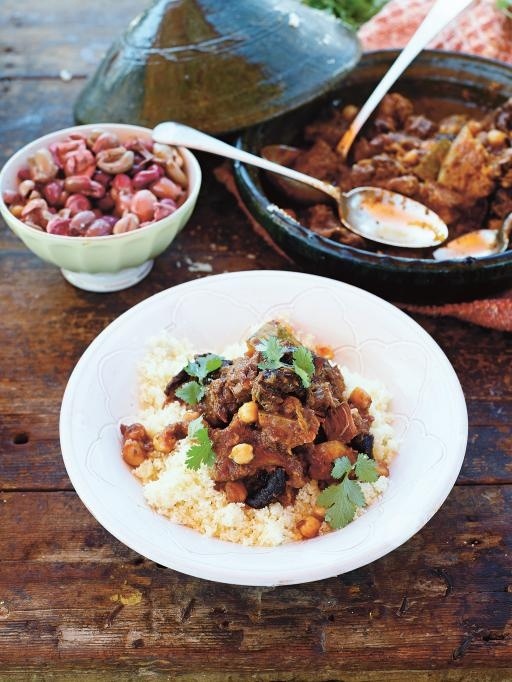There is something always particularly exciting about the discovery of a new region to draw your cooking from and so in recent weeks I have been on a culinary journey which began approximately 12 months ago in Spain, crossed the strait of Gibraltar to Morocco and leapfrogged its way into Lebanon. Of course, the journey does not see me wander much further than my kitchen and dining table but thanks to anecdotal comments many enlightened cookery writers place alongside their recipes cooking a meal can be the equivalent of a cultural experience to bring the tastes and flavours of a middle eastern market street food outlet into your own living room.
The Lebanese Kitchen by Selma Hage is a cookbook published by the wonderful Phaidon which is enhanced by the unusual way they have cut zig-zags into the edges of each of the 260 odd leaves which make the pages of this wonderful book of recipes.
I have already cooked a few recipes from the book but this weekend saw us go truly Lebanese crazy as we drew on it for both our Friday and Saturday night meals. Friday saw us opting for Mother’s Milk with lamb; a fairly simple recipe of minced lamb cooked in a sauce made of yogurt, water and cornflour with lots of garlic thrown in for pungency and mint for sweetness. Mixed with rice, the meal was a riot of flavour with the flavour of the lamb buttressed by the tart acid of the yogurt. This was one of those meals where every flavour played its part as the meat, garlic, yogurt and mint vied for position to come out tops but overall it was a tie with all four flavours crossing the line in dead heat.
I confess, it has a look of porridge about it but I can assure you it tasted wonderful served with slices of grilled aubergine (egg plant).
So successful was Friday night’s dish that we stayed in Lebanon for a further night opting for a fish dish of fried cod with caramalized onions and rice. We nipped out in the afternoon to buy the fish and elected to buy an alternative white fish instead and chose pouting, not least because it was substantially cheaper than the cod and no doubt more sustainable too.
The dish required the slow cooking of two thinly sliced onions with 2 tablespoons of brown sugar until it was practically caramalized which was then mixed with cooked basmati rice. A sauce was made out of capers, tomatoes, garlic, lemon juice and parsley which was spooned over the pan-fried pouting fillets sitting on the caramalized onion and rice mix. This was the first time we had tried pouting and although not as strong in flavour as cod, it’s delicacy was enhanced by the sweet sauces of top and below. We also threw in a handful of broad beans which gave it a bit of additional colour.
I think we’ll stick around in Lebanon format least another week or two and perhaps hop over to Morocco to give the tagine a run out in between but now we’ve discovered the flavours of Lebanese cooking I suspect it will become a region that we shall visit, at least culinarily, quite often!

